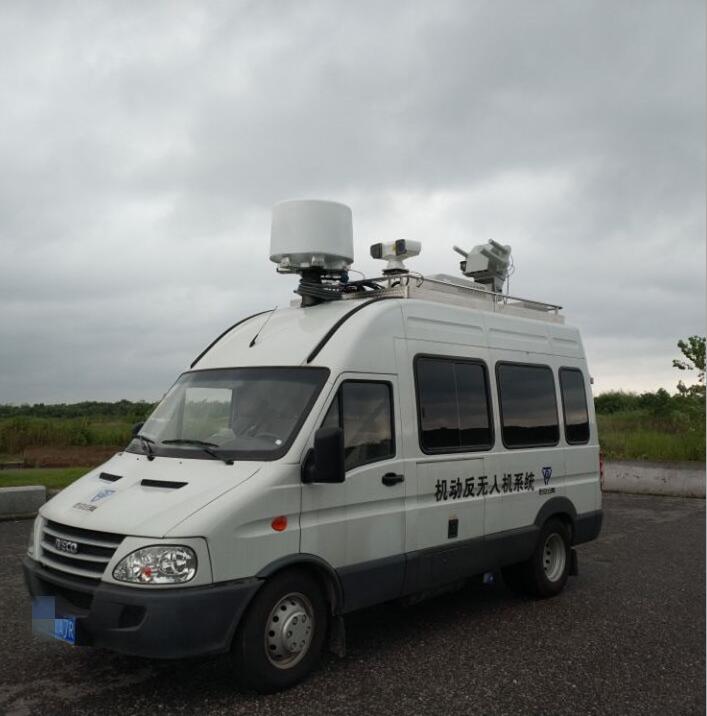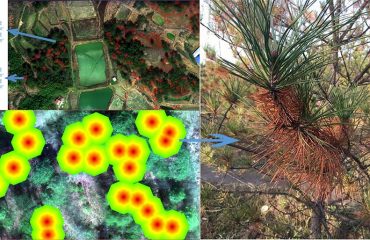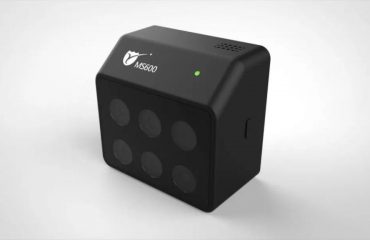The interference systems of the UAV counter system in the market are mostly similar. The important thing is the detection and positioning. I have seen it with my own eyes. The UAV flies in the air, which is the case that cannot be detected.

Radar: (detection)
Electric sweep radar: It may be tens of millions on a particularly expensive side, and company with less budget should not consider it.
Machine sweep radar: left and right sweep, 6s a circle, the radar needs to scan the object 3 times to determine, that is to say 6 * 3 = 18s to determine the object, will give some drones have a chance. (The situation that the drone can’t be detected in the air is the result of this machine sweeping the radar)
Phased array radar: 4-5 faces, the face-to-face angle is 90°, 1.5 seconds is a point, 1.5*3=4.5s can determine the object, so that the drone has no chance. It is the radar with the most counter-use of all drones on the market (strongly recommended). Therefore, the system using phased array radar (also known as 4-plane array radar) in the UAV counter system is a good system.
But in reality, you will encounter such a situation. When the drone sees the radar, after searching for obstacles to hide, such as behind the tree, or other obstacles, the radar can not find the drone.
Radio: (detection)
At present, the frequency bands of Chinese UAVs are 1.5G, 2.4G and 5.8G bands.
Automatic search, discovery, identification and direction finding of illegally invading drones by radio detection and direction finding subsystem
The radio detects the presence of a drone through the frequency band, so even if there are obstacles, as long as the drone emits the corresponding frequency band, it can be detected.
The question is: Why use radar detection to use radar detection?
The radio can’t find the drone flying silently. What is silent flight?
Silent flight: To put it bluntly, it is to use navigation to set the route of the flight.
Photoelectric: (tracking)
Photovoltaic is actually a tracking system that tracks and locks after the radio and radar discover the drone, providing positioning for the interference strike.
Visible light monitoring (color, black and white): for daytime or daytime target detection, verification and tracking
Infrared Thermal Sensor: It can be used to detect infrared rays emitted to a target without any light or low light conditions and to identify drone targets.
Infrared laser monitoring technology: for night glare conditions, improve target monitoring resolution




You must be logged in to post a comment.